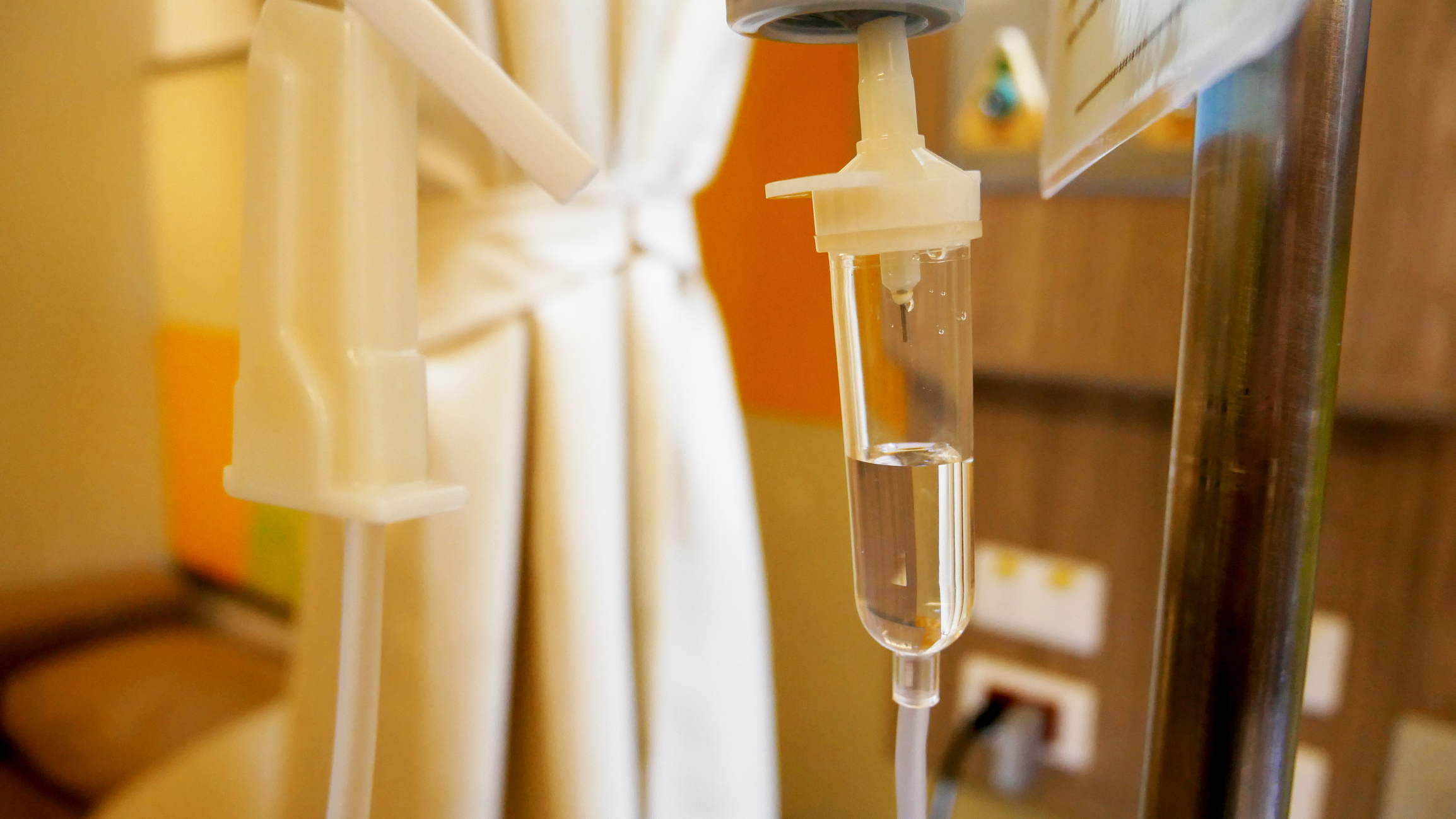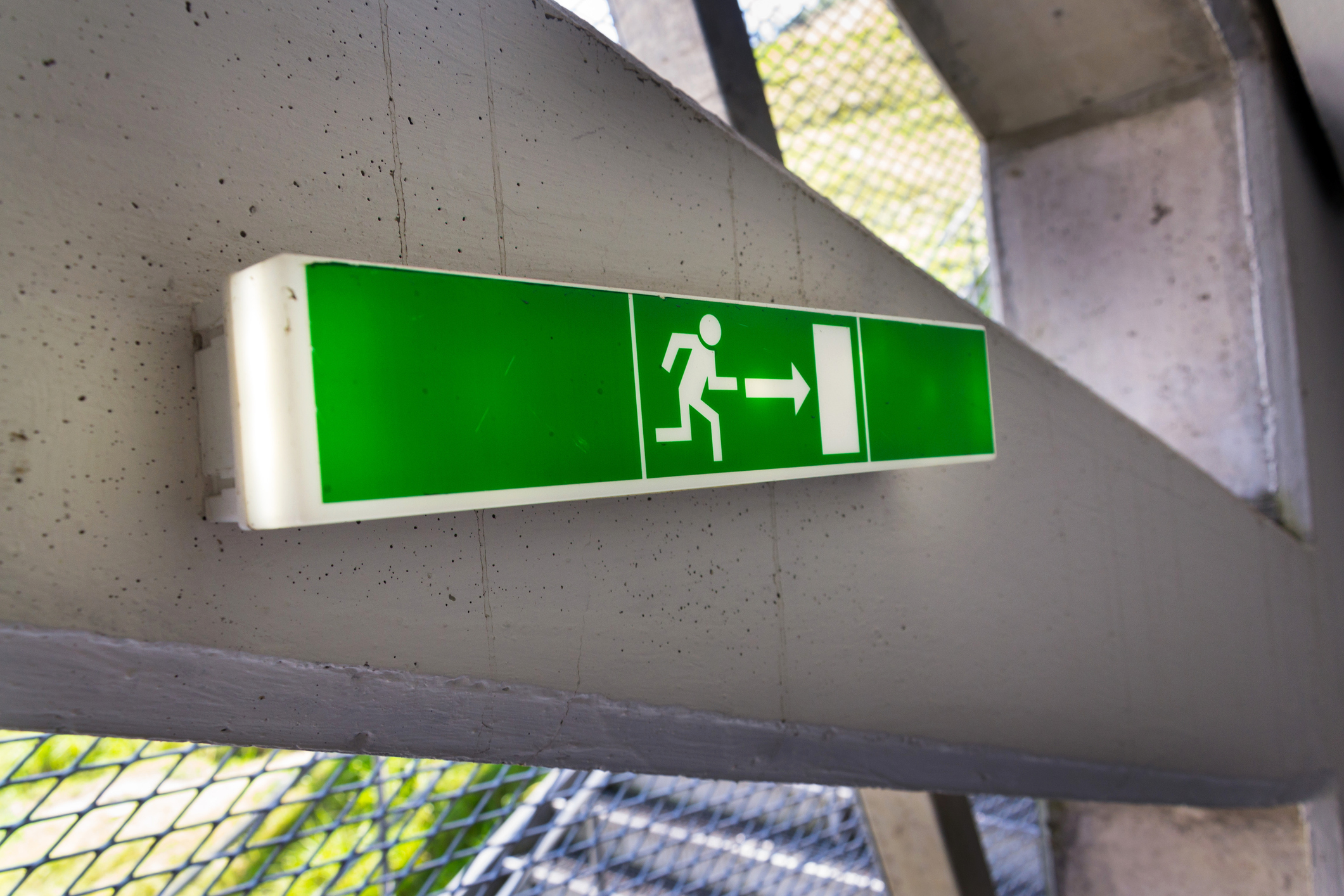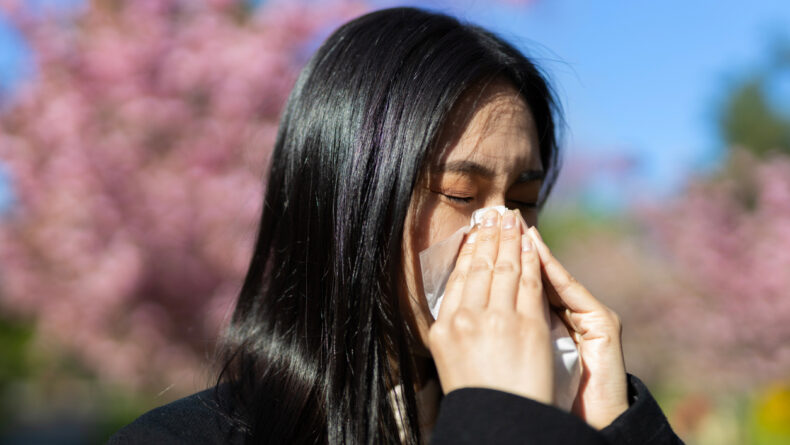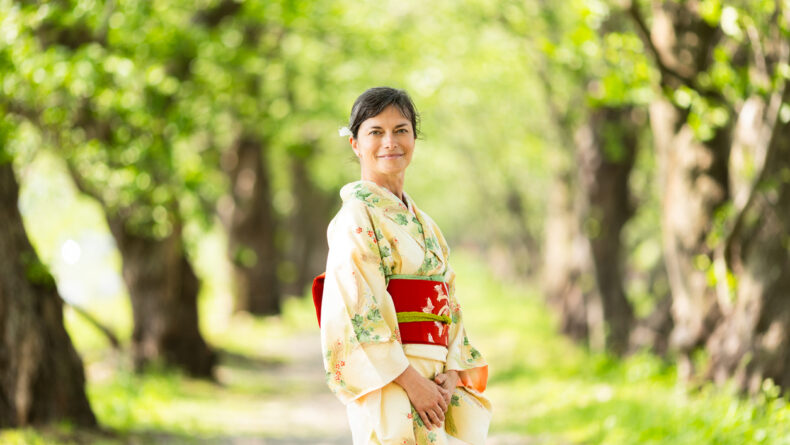Lifestyle Illness: The ‘Other’ Checklist
Moving To Japan With Chronic Conditions
This series is an exploration of my own experiences as a person living in Japan with a chronic illness, insights for those who wish to move to Japan, and a place to make resources and information more accessible and less shrouded in mystery. Your chronic condition doesn’t define you or hold you back from your dream of living in Japan!
The term ‘lifestyle illness’ is commonly popularized by the Medical Field in Asia, though it carries with it the connotations of the cultural barriers that expats in Japan can experience when living with chronic conditions.
The dream of packing your entire life into a snappy carry-on bag and moving to Japan permeates age, culture, and circumstance. Moving abroad is daunting, stressful, terrifying, and can also be one of the most rewarding and enriching experiences that someone can add to themselves. Fewer things in this world will make you learn about yourself and your priorities faster than changing everything from the ground up.
It’s also a nearly universal experience in our Information Age to type something along the lines of “checklist to move to Japan” or “how to move to Tokyo” into a search engine. You can read these types of posts forever and try to glean the wisdom of those who have come before you… but one thing that is almost completely missing from this narrative is what to do if you are not of “normal” health.
[…] but one thing that is almost completely missing from this narrative is what to do if you are not of “normal” health
When I moved to Japan, my family was terrified. Online posts about my life-altering and potentially life-threatening illness were non-existent, and I frantically reached out via forums and threads to get some anecdotal advice.
Now, I don’t want people out there who have additional medical needs to think that this is simply impossible for them. I want to let you know that there will be hoops to jump through, and you will have to be more careful than others, but you deserve your chance too. I am writing this small series here on Savvy Tokyo so that people coming to Japan with chronic physical and/or mental illnesses can have a quick reference for some useful information, and to let you all know that there is an entire community who knows just how you feel.
Let’s start at the top: I want to make a new checklist. The “other” checklist. This is for all those extra things to keep you safe and sound as you transition into life in The Land of The Rising Sun. This list can never be exhaustive since different needs will require different care, so please remember that rule number 1 is to talk with your specialists in your home country before taking off.
1. Medications
Please do not leave this out until the last minute. It is number one in this checklist for a reason. This is going to be absolutely crucial for you to research prior to your departure for your new life. In fact, if medications are critical to your continued treatment, it should be the second thing you type into that search bar.

If you want to bring more than a thirty days supply of any on medication with you into Japan, you will need to apply for and acquire a ‘Medical Import Certificate’ before leaving your home country
Do your research
Japan has some of the strictest regulations on controlled substances in the world, and many medications that are readily available for various treatments in Canada or The States are restricted or outright prohibited. A fantastic example of this is the dosages of what we would not even consider a ‘medication’ in North America such as Dimenhydrinate (Gravol/Dramamine) or Ibuprofen: the doses of these drugs compared to their Western counterparts is less than half.
Similarly, the list of prohibited antidepressants/anxiety or antipsychotic medication can be a concern for many, though luckily it is listed on the Ministry of Health, Labour and Welfare website. Similarly, if you want to bring more than a thirty days supply of any on medication with you into Japan—and I suggest you do this if possible, to make your move less stressful—you will need to apply for and acquire a Yakkan Shoumei or a ‘Medical Import Certificate’ before leaving your home country.
the doses of […] drugs compared to their Western counterparts is less than half
Yakkan Shoumei
This one is so important it actually gets the only sub-point of this entire article. The Yakkan Shoumei will allow you to essentially gain special permission to bring in large quantities of medications (or multiples of your favorite makeup or skincare) in a single trip. It is also required if you wish to mail yourself any medications from home to ensure that customs don’t whisk them away never to be seen again and leaving you in quite a pickle.

Yakkan Shoumei application forms are available in English with clear explanations on how to fill them.
I do recommend, if at all possible for you, to bring as much of supply as possible with you to Japan. Finding specialists in Japan is not always an easy task, and General Practitioners will not give medical advice on specialized conditions. I was not able to get a prescription written until I found an Endocrinologist in Tokyo even though my medications are needed to continue living. Give yourself time and resources to make methodical decisions on healthcare providers. Like in any other country, Japanese doctors can be really understanding and supportive or really really… not.
2. Research the climate you are moving to
It’s a bit of a meme at this point for newly landed folks arriving in August or September (as many JETs and dispatch ALTs do) to be decimated by the sweltering humidity of Japanese summers or to be chilled to the bone by Hokkaido winters. Japan has many different types of weather, but compared to many places in the world it is changeable and harsh and takes most people I have spoken with off guard without first-hand experience.
This can affect many conditions. I arrived during a particularly brutal heatwave which caused me a large amount of stress since I was traveling with months worth of a life-giving medication that needs to be kept refrigerated to keep its efficacy. On top of that, after being in a heat that my body hadn’t been acclimatized to, and due to an unknown kidney vulnerability, I was stricken with severe heat stroke and dehydration on day two of being in Tokyo.
it’s a bit of a meme at this point for newly landed folks […] to be decimated by the sweltering humidity of Japanese summers or to be chilled to the bone by Hokkaido winters
Where you are moving in Japan and at what time of year, as well as how your body handles different weather is going to be things that you will want to be prepared for.
3. National Health Insurance
Japanese National Health Insurance (NHI) is mandatory for everyone. Employers must provide it to full-time employees and it must cover pre-existing health conditions, if you’re a student or unemployed you must register for it at your city hall. While Canadians like myself might gasp at times of the upfront costs, compared to other places (sorry, American readers) it’s pretty great. The coverage extends to 70 percent of your doctor’s visits and prescriptions and you pay out of pocket the remaining 30 percent.

You don’t need the stress of wondering how to pay your ER bill on top of your already stressful chronic condition.
Here is where things can get difficult for those of us with additional medical needs. In the event of needing to use your NHI to get prescriptions, to go to a clinic, or to be treated at the Emergency Room you must have your NHI card in your possession at the time of treatment or that entire lump sum is due out of your pocket right now. Sure, you can absolutely submit a claim for the amount if you are indeed covered, but an emergency trip to the ER could cost anywhere from ¥5,000 to over ¥50,000 and could even be required in cash if you’re particularly unlucky depending on what they need to do for you.
That time I got sick after arriving in Japan? I was lucky enough to be covered by NHI for my work… but had not yet been issued my card. I had to pay nearly ¥6,000 in the month before being issued my card, and Japanese bureaucracy when it comes to paperwork is not for the beginner local, if avoidable. Always have that card on you. Always.
4. Evacuation Information and Natural Disaster Preparedness
Everyone knows that Japan has natural disasters. From earthquakes to tsunamis to typhoons, Japan has had to streamline its evacuation protocols, and more or less has the entire thing down to a science.
To make sure that you are also protected by these procedures, once you have an address where you can hang your yukata (and at the same time as you must do the myriad of things that you must do at your ward office swiftly upon arrival) you must also make sure to inquire about an English copy of the evacuation routes and information regarding your specific ward in Tokyo. It’s also never too early to begin collecting items to be self-sufficient and sustainable in the event of needing a grab-n-go Emergency Kit.
5. Finding a Doctor
This is probably going to be one of the more intimidating steps, but since you’ve already shown that you can get yourself to Japan, by this point I think you’ve got this. Doctors work a little differently than I was used to in Canada, so in case it is also different from where you are from, let me give a quick run-through.
In Japan, there is not really a ‘family doctor’ situation. From colds to fevers to general aches and pains, you go to a clinic and you see a General Practitioner. From there, if it is decided that they are unable to help you, and a specialist is needed, they will write you a referral and will let you know that they can no longer assist you. If you have a chronic illness or comorbid conditions, then the number of doctors you see can add up quickly. I myself have three. It can be very frustrating to have to trek across Tokyo to refill a prescription after just waiting in a busy doctor’s office, but this is the way things are done in Japan.
What most people find hard to swallow (I did) was the restriction that even doctors have in terms in their patients and their treatment. Despite the fact that I will need my medication for the rest of my life and will not be able to operate as a human without it, I must go to my specialist every two months to renew that prescription and pay the associated fees. They are not small. Since specialists also operate on reduced hours or certain weekdays only, this can result in a need to speak with that specialist about providing your work evidence that this is needed for your continued health. This is a topic I would like to delve into more deeply in a future article, and so I will digress there…
This list is going to be different for each of us because we have to live our lives differently than the average populace. That does not mean that it isn’t possible for us to move abroad and that we can’t do virtually anything we want. I want this series to help people to navigate the haze of what they have to do to stay healthy so that they can self-realize their dreams abroad.



















Leave a Reply